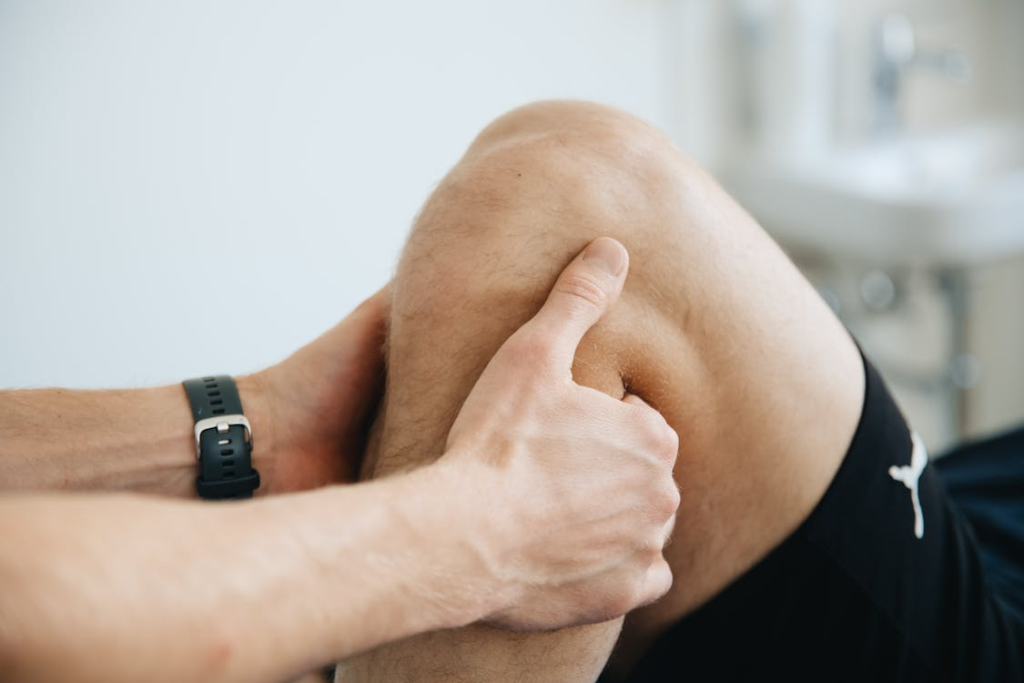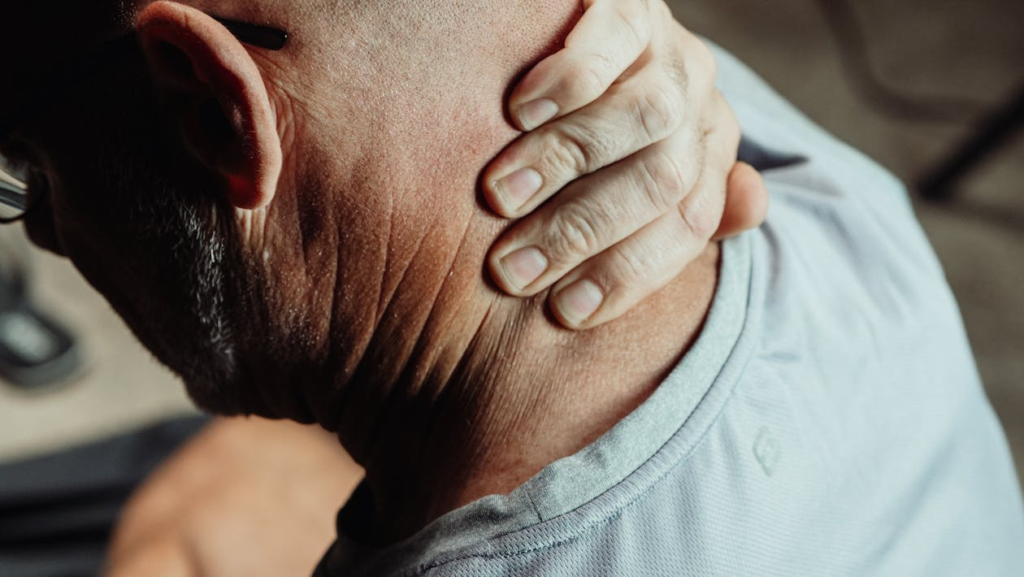Knee and shoulder flare ups derail training more than lack of motivation. Coaches see it, weekend athletes feel it, and search trends show people hunting for non-surgical fixes that let them keep moving.
That search often leads to stem cell therapy clinics offering bone marrow concentrate procedures for stubborn joint and tendon pain. The appeal is clear, use your own cells, avoid an operating room, and aim for a steady return to function under guidance.
What bone marrow concentrate is, in plain terms
Bone marrow concentrate, often called BMC, starts with a small draw from the back of the hip. The sample is processed to concentrate cells and signaling factors, including mesenchymal stromal cells that can modulate inflammation and support repair. You will see these cells described in research summaries and textbooks as multipotent, with roles in bone, cartilage, and connective tissue biology.
Most orthopedic programs place the injectate with imaging. Ultrasound and fluoroscopy help target the involved structure, which matters when you are trying to deliver a small volume to a specific tendon origin or joint compartment. The entire workflow is designed to be same day so you can go home shortly after observation.
Who might consider it, and when
BMC is pitched to active adults who have persistent pain from osteoarthritis or soft tissue injuries and want to avoid surgery if reasonable. Typical examples include knee osteoarthritis that limits squats and hikes, rotator cuff tendinopathy that lingers after a deload block, and chronic medial epicondylitis from gripping and pulling work. It is not a first-line step. Most clinics expect to see a history of good basics first, progressive loading, technique fixes, sleep and nutrition in order, and an honest trial of simpler care like physical therapy.
Age, training history, and goal timelines matter. A lifter peaking for a single event may make different choices than a runner planning a season. Talk about medications, prior injections, and any systemic conditions. Image findings guide candidacy but do not replace a clinical exam.
Evidence, limits, and questions to ask
The evidence base is growing but not uniform. Trials vary in cell processing, dosing, imaging methods, and rehab protocols, which makes results hard to compare. In the UK, NICE notes that stem cell injections for osteoarthritis remain experimental and should be limited to research settings until stronger data is available. That is a useful flag for readers who want to calibrate expectations and risk tolerance.
If you are vetting providers, use questions that force specifics, not slogans.
- Is the procedure image guided for every case, and which modality is used for your joint or tendon
- What standardized processing protocol is used, and who performs it
- Does the program maintain an outcomes registry with follow up beyond three months
- What is the complication profile in your clinic, and how often is aspiration-site soreness or post-injection flare reported
- What is the written rehab plan, week by week, and who adjusts it if symptoms spike
Clear answers usually correlate with better patient experience. Vague promises about guaranteed timelines do not.
What the day looks like and how recovery unfolds
Plan a half day. You will check in, review consent, and confirm the target area with the clinician. The hip draw is brief. Many people describe pressure and a dull ache that fades over the day. After processing, the clinician uses imaging to place the injectate. Expect a short observation period, instructions, and a ride home if advised.
The first 48 to 72 hours usually emphasize relative rest. Gentle range of motion work comes next, followed by progressive loading. Coaches should expect higher-rep, lower-load sessions at first, with careful control of tempo and range. A common pattern is moderate aerobic work in zone 2, upper body or lower body splits to protect the targeted area, and technique drills that reduce joint shear. Running, Olympic lifts, and deep knee flexion under load usually return later. Timelines vary by joint and severity. Many athletes report meaningful function gains between weeks 6 and 12, although some need longer. Avoid rigid promises and base changes on symptoms, strength metrics, and objective movement quality.
How fitness pros can align training and treatment
If a client is weighing BMC, start a log now. Capture pain scores tied to specific tasks, split times, rep quality, and sleep. Baselines make progress visible. Before the procedure, build capacity around the target area. For a knee case, emphasize hip and ankle mobility, hamstring and glute strength, and trunk control. After the injection, anchor the program to the clinic’s phases. Use simple rules, pain no higher than 3 out of 10 during work, back off if pain lingers the next morning, add only one variable at a time.
Coordinate with the clinician. Share your training plan and ask what to watch for. Swap in joint friendly options that still feel athletic, sled pushes, cycling, hinge patterns in a reduced range, landmine presses, isometric holds. The goal is momentum without overreaching. If a plateau hits, revisit sleep, daily steps, and stress. Those non-gym variables often move the needle most.
Reading claims without getting lost
You will see dramatic before and after stories and technical jargon about cell counts. Keep it simple. Look for consistent imaging use, published or at least tracked outcomes, and a structured rehab plan. Be honest about budget and time. Compare BMC to alternatives you are already considering. Some people respond well to a tighter strength plan and load management. Others want a targeted procedure that may shorten the road back to pain limited tasks. Neither choice makes you more serious as an athlete. It is just trade offs and timing.
A final note on biology helps with expectations. The concentrated marrow includes cells that modulate inflammation and support tissue repair, not a magic seed that grows new cartilage on command. The Wikipedia entry on mesenchymal stem cells is a good refresher if you want to understand the mechanisms at a high level without diving into paywalled papers (Wikipedia).
Recovery works best when training, sleep, and follow up are aligned. That is the part you control.

Photo by Funkcinės Terapijos Centras
Final Thoughts
If joint pain keeps interrupting training and you want a non-surgical option, bone marrow concentrate is worth a structured look. Vet the program with specific questions, confirm image guidance and a written rehab plan, and track progress with simple metrics. Combine that with patient load management and you give yourself a fair shot at returning to the activities you enjoy without guesswork.
